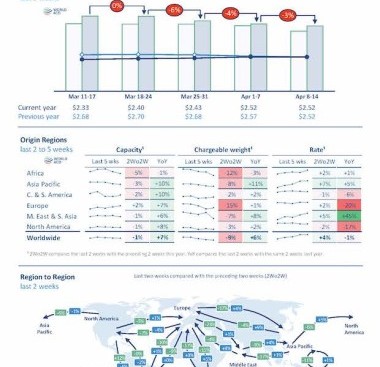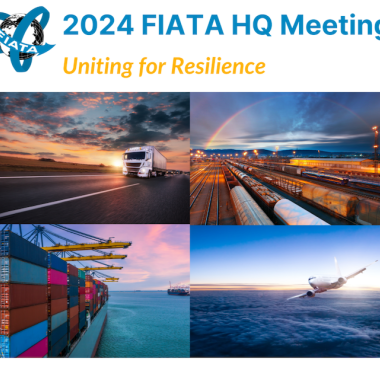Crane replacements to support next-generation offshore wind turbine installations
Mar 28, 2024When it comes to wind turbines, the bigger they are, the harder they work, generating more renewable offshore wind energy, and a greater return on investment for developers.
As a result, next-gen turbines are growing, and their components are getting larger and heavier.
To meet the enhanced installation and maintenance requirements of their components, the equipment used to move, lift and install them must be upgraded and replaced.
So, Mammoet was contracted by GustoMSC to carry out leg crane replacements on two offshore wind farm installation jack-up vessels (Wind Orca and Wind Osprey) for the Danish transport and installation company Cadeler.
The new leg cranes are fully electrically driven and have a 1,600t lifting capacity, making them ready to install and service next-generation wind turbines with capacity ratings exceeding 14MW.
This project represented a unique one for Mammoet, utilizing not only one of the biggest cranes in its fleet but also its own yard in Schiedam to perform the job – the location allowing a rare opportunity to schedule projects simultaneously to greatly increase their efficiency.
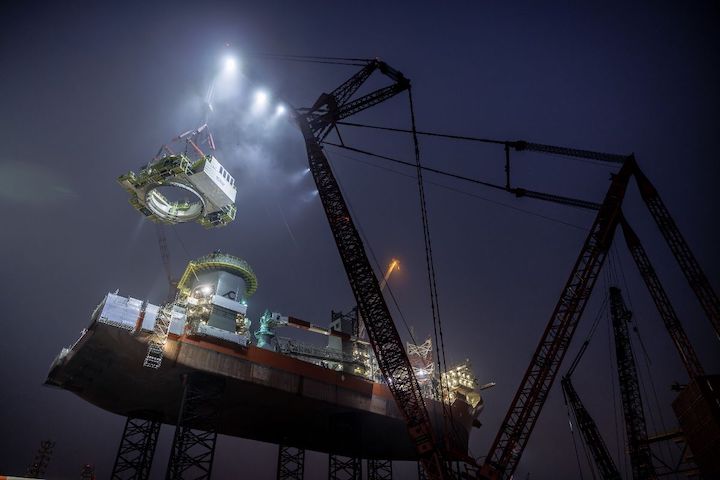
The colossal crane with a small footprint
For the project, Mammoet utilized its PTC210-DS crane, one of five 5000t class ring cranes in its fleet and one of the largest cranes in the world.
The colossal size and stature of the crane belie its greatest strengths – its versatility and ability to operate in areas where space is limited.
Dirk Knoester, Senior Adviser at Mammoet, explains:
“The PTC210-DS is the perfect crane for this job. It has a relatively small footprint combined with 360-degree slewing, with the possibility to switch between fixed and luffing jib mode (as only the PTCs can) resulting in the largest possible working area.
PTC cranes can also be assembled in numerous configurations and thus a tailor-made configuration is feasible for any job: different mainboom and jib lengths, fixed or luffing jib, different amounts of counterweight and two ring diameters.”
These attributes made it an ideal crane for this project, where jack-up vessels were to be positioned on either side of Mammoet’s quay - which has a peninsula configuration. So, flexibility was needed to allow two vessels to be worked on together.
Preparations begin
The decision to have the PTC210-DS constructed in Mammoet’s own yard was driven by safety and optimizing the schedule for the client by being able to refit both vessels at once.
Remco Zandstra, Senior Commercial Manager at Mammoet, said:
“Our yard has a unique location in the port of Rotterdam, and this gave us the possibility to position the crane between the two vessels and serve them at the same time.
"Not only does this save considerable time, by minimizing movements of cranes in the yard and vessels along the quay, it also creates the safest possible solution to perform this project.”
With Wind Orca and Wind Osprey moored on opposite sides of the quay, the PTC210-DS could be positioned in the center, slotted between both vessels.
Safety assessments were carried out at the start of the project. This was essential as surveys found that the dock itself consisted of two L-shaped concrete constructions with softer ground in the middle.
A soil survey was conducted at the proposed location of ring crane and, using this data, calculation models were created to predict the settlement of the soil under its weight.
To verify these models, load tests were carried out at both locations where the ring crossed areas without a dock floor.
Rising to the challenge
The new leg cranes comprised four main sections to be installed: the pedestal, the rotating platform, the A-Frame and the 149m mainboom.
To enhance stability and control during the mainboom lifts, an LR1800-1.0 crawler crane was used as an assist crane. Working together, the PTC210-DS lifted one end of the boom as the crawler crane lifted the other.
Performing this operation on a busy quay was a challenge that required effective space management. Mammoet’s Schiedam location serves many active projects in Belgium and the Netherlands on a daily basis. The site had to serve as a temporary laydown area for all components being added to the Wind Orca and Wind Osprey, including the large booms.
Lifting height proved another test for the engineers. At different stages of the operation, the vessels had to be raised to a height of 73 meters above the quay using their jacking legs.
Jacking up the vessels to this height was necessary to keep the rigging short, since the new cranes are of the leg encircling type. This meant that the base of these cranes had to be lifted over the leg.
Thus, jacking up the vessels minimized the risk of collisions between the jack-up leg and sections of the PTC210-DS crane during lifts.
As crew could not embark and disembark the ships once they were elevated, additional safety considerations were taken to ensure that only authorized personnel – to operate the jacks and raise the vessels – were allowed aboard.
Work on Wind Orca and Wind Osprey will continue this year, with completion anticipated later in 2024.
This project marks a special partnership between two neighboring companies that has been symbolized by the Rotterdam skyline greeting one of the largest cranes in the world.
Similar Stories
Next US LNG export plant aims to begin production in mid-2024
Venture Global LNG Inc. expects to begin production at its second liquefied natural gas export facility in Louisiana in mid-2024, further cementing to the US as the world’s biggest supplier…
View Article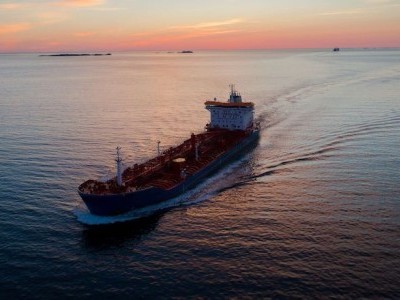
Sanctioned tankers giant passage to India is test case for oil
View ArticleAdnoc buys Iraqi oil in plan to export its own more pricey crude
United Arab Emirates oil giant Abu Dhabi National Oil Co. imported a crude oil cargo in a rare move after upgrading its only refinery, which will allow it to sell…
View Article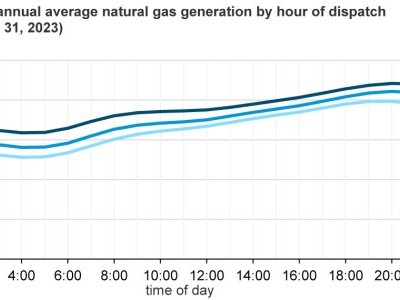
Today in Energy: U.S. natural gas-fired electricity generation consistently increased in 2022 and 2023
View Article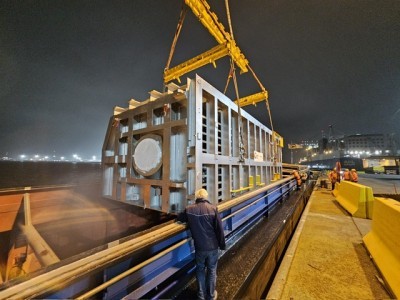
XLP Members, Intermodal Forwarding transports four industrial ovens to France with DREWES LOGISTICS BV
View ArticleSurveying the world’s path from fossil fuels to clean energy
Energy executives warn that it will be a long and costly journey, while activists and analysts say there are significant rewards and little time to waste.
View ArticleGet the most up-to-date trending news!
SubscribeIndustry updates and weekly newsletter direct to your inbox!



